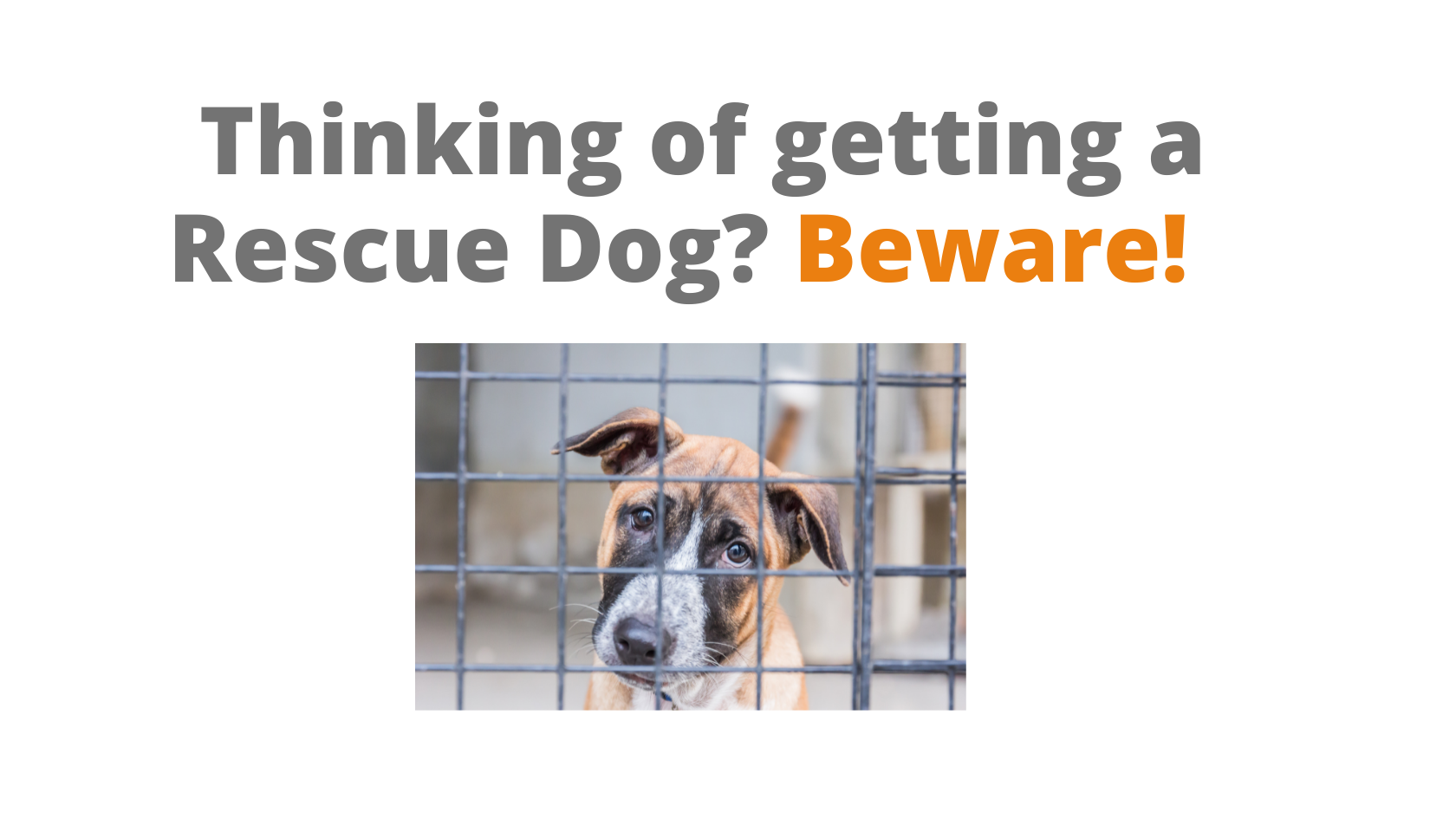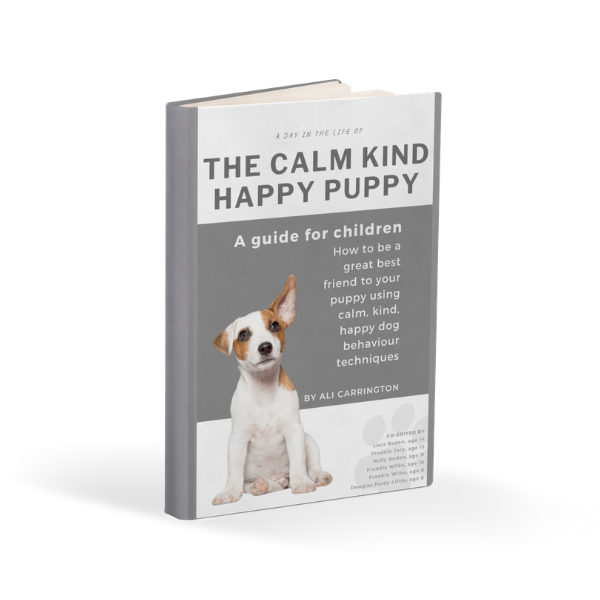Hey there, fellow dog lovers! For years, I’ve had the immense privilege of supporting two wonderful boxer rescue organisations. And in that time, there’s one phrase that’s always made me pause: “boxer savvy.” Now, don’t get me wrong, I totally get it! We all love to think we know our stuff when it comes to our beloved breeds. But today, I want to gently unpack what “savvy” truly means when you’re welcoming a rescue dog into your home.
The Boxer “Bonkers” Myth (and Why It Matters)
When many people think of boxers, images of bouncing, boisterous bundles of joy often come to mind. They’re the clowns of the dog world, right? Full of energy, a bit cheeky, perhaps a little deaf to recall, and maybe even a fan of counter-surfing. We laugh, we call them “naughty,” and we affectionately think, “That’s just a boxer being a boxer!” And yes, many boxers are indeed playful and full of life. But here’s where we need to hit the pause button because “Bonkers” can be a misread of a truly sensitive soul. Boxers, beneath their often confident-looking exterior, are incredibly intelligent and sensitive creatures. What looks like playful chaos can sometimes be a misunderstanding of their true nature, and actually shows anxiety and confusion instead. Believe it or not, members of the canine species – even boxers – are calm by nature when they feel secure.
The “Baggage” We All Carry (and How to Leave It Behind)
Here’s where it gets really important, especially for those of you who’ve had boxers for years and are now considering adopting a rescue. It’s totally natural to approach a new dog with the experiences you’ve had with previous furry family members. You loved your old dog, you knew their quirks, and you had a routine that worked. The thing is, the vast majority of dogs in rescue are there for a reason, and it’s almost never their fault. They might have been misunderstood, had a rough start, or arrived due to heartbreaking circumstances. Whatever their past, the chances are high that your new rescue dog will be feeling confused, anxious, and operating in survival mode. And this is the big one: even if they look confident and boisterous, they likely aren’t! That wagging tail and bouncy body language? The jumping up or “surfing” your kitchen counters? In their first few hours or even days in a new home, this isn’t necessarily confidence or a dog trying to be dominant. It’s just a dog trying to figure things out, gauge their new environment, and survive. They’re asking, “Who are you? Where am I? What’s going on?!”
Slow and Steady Wins the Rescue Race!
This is where things can sometimes go awry. If we, as well-meaning but perhaps “baggage-laden” adopters, treat this new rescue dog like our old, trusted companion, we might accidentally overwhelm them. Over-talking, too much eye contact, constant “no’s” for every perceived transgression – these things often work fine with a dog who knows and trusts you. But for a dog under immense pressure in a brand new environment, it can be too much. Many dogs, when overwhelmed, will lash out as a way of saying, “STOP! I can’t cope with all this attention!” And that, my friends, is a surprise no one wants.
So, here’s our heartfelt plea, even if you’re a seasoned dog owner:
-Treat this new dog as if you’re meeting for the very first time. Because you are! Set up your home and your actions to be their safe harbour.
-If you had endless fun with your old dogs, please hold off on the party tricks for now. Focus on quiet comfort. -Used to long walks? Let’s try short, quiet garden visits first.
-Had a super affectionate relationship with your old dog? Take this slow. Affection will blossom naturally. -Think you’re calm? We need you to be even calmer. Think zen master.
-Used to talking a lot to them and giving lots of commands? Try being silent instead. Let your actions speak volumes about safety and routine.
-Even if you think boxers are the most beautiful creatures on Earth (and we agree!), try to limit direct eye contact for a while. A quick glance is fine, but avoid prolonged stares.
We kindly ask you to immerse yourself in the guidance we provide. We recommend:
-Diligently watching every video this free training offers – there are MANY nuggets of helpful info within!
-Watching the “What NOT To Do” video in the MUST WATCH section below. Trust us, it’s a game-changer!
This might seem a bit strict, but our many years of experience have shown us that by starting your relationship with your new rescue dog slowly, quietly, and using the language they understand (body language and energy), a truly beautiful and unbreakable partnership will bloom.
One last thing: we want to extend a huge Thank You to you for being interested in changing the world for a rescue dog. It’s a journey well worth taking, one quiet step at a time!


